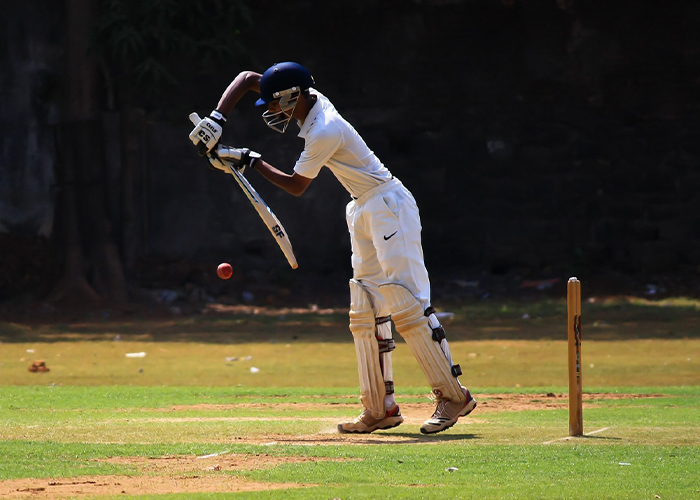One Nation One Election
it is evident that neither the current electoral system nor the proposed 'One Nation One Election' system offers a perfect solution. In light of this, a hybrid model is proposed to address the complexities of our diverse nation.
Elections ElectoralSystem,OneNationOneElection
Reimagining India's Electoral System: Beyond One Nation One Election
In this discussion about India's electoral system, the current system and the proposed 'One Nation One Election' are found to have flaws. A hybrid model is suggested, involving dividing the country into zones and synchronizing Lok Sabha and State Assembly elections. The primary goal is to reduce the exorbitant costs of elections, ease administrative burdens, minimize public disruptions, and optimize the use of security forces. Challenges include constitutional adjustments and potential impacts on voter behavior. Achieving consensus among stakeholders is vital for the success of any electoral reform, given the flexibility of the Constitution to adapt to evolving national needs.
Introduction
After extensive research, it is evident that neither the current electoral system nor the proposed 'One Nation One Election' system offers a perfect solution. In light of this, a hybrid model is proposed to address the complexities of our diverse nation.
Reinventing Electoral Zones
To strengthen our federal structure, it's essential to avoid holding state legislative elections concurrently with the Lok Sabha elections in 2024. The country could be divided into four zones with an equitable distribution of population within each zone.
Understanding "One Nation, One Election"
The campaign "One Nation, One Election" aims to hold the Lok Sabha and State Assembly elections simultaneously. This strategy increases efficiency by allowing voters to cast their ballots for members of the State Assembly and Lok Sabha on the same day
Reducing Excessive Expenditure
The cost of elections has spiraled out of control over the years. From a modest Rs 10.45 crore in 1952, the 2019 general elections reached an astonishing Rs. 50,000 Crores ($7 billion). This includes various incentives to influence voters, making it one of the world's most expensive elections.
Simultaneous elections aim to curtail these expenses, redirecting funds toward critical sectors such as the economy, defense, women's empowerment, poverty alleviation, education, and agriculture.
Easing Administrative Burden
Conducting frequent state elections invokes the Model Code of Conduct (MCC), which disrupts developmental projects. Simultaneous elections would allow states more uninterrupted time for crucial development activities.
Reducing Public Disruption
Frequent elections disrupt normal public life, causing traffic jams and noise pollution due to political rallies. Synchronizing elections would confine this disruption to a limited, predetermined period.
Optimizing Security Forces
Currently, security forces, including the CAPF, are continuously deployed during elections. Frequent state elections can lead to prolonged lock-ins of these forces.
Challenges and Solutions
Synchronizing State Assembly and Lok Sabha elections would require one-time adjustments to existing tenures. Constitutional provisions, such as Article 83(2) and Article 172(1), must be conSolution
Impact on Voter Behavior
Critics argue that Indian voters might struggle to differentiate between national and state issues in simultaneous elections, potentially influencing their choices. Additionally, multiple elections create jobs and stimulate the economy.
Conclusion
Implementing simultaneous elections is a complex task that necessitates constitutional and statutory amendments, as well as
By : Sunilkumar, Attingal


























